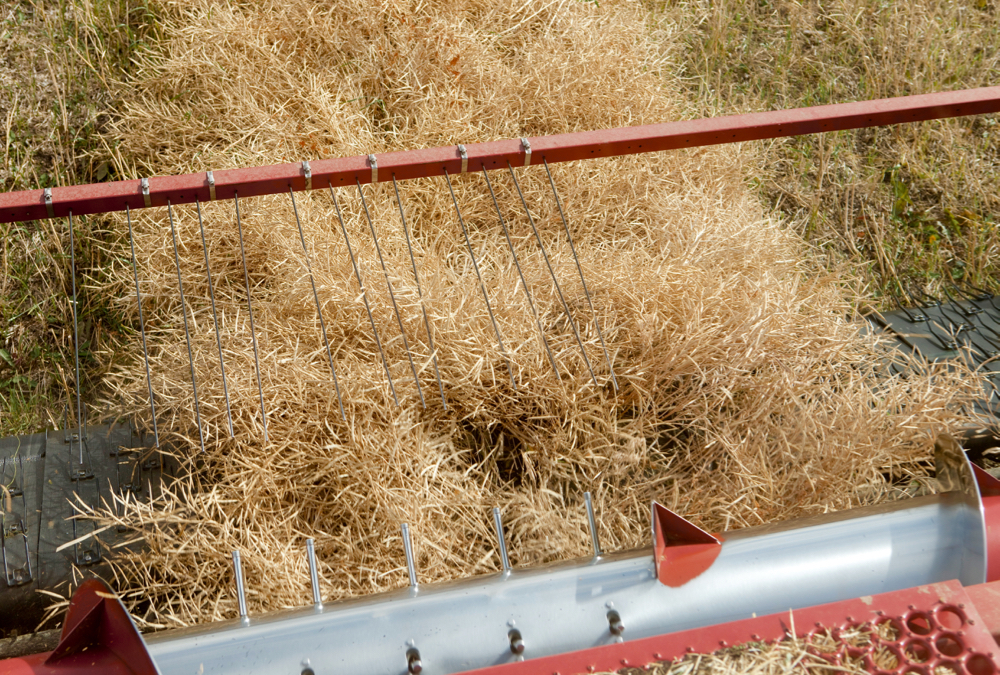Glacier FarmMedia | MarketsFarm—Severe storms brought strong winds, heavy rains, and, in some places, golf ball-sized hail over parts of Saskatchewan. Nevertheless, the province’s harvest continued to progress during the week ended Aug. 26, according to the agriculture department’s weekly crop report.
Despite the adverse weather, 25 per cent of the province’s crop have come off the fields, four points ahead of the five-year average but down from 33 per cent at this time last year. The southwest region led the way with 44 per cent of its harvest complete, while the northwest region only finished seven per cent of its combining. Border areas in the southwest and west-central regions of Saskatchewan could finish their respective harvests by next week.
Read Also

Alberta harvest wrapping up: report
Harvest operations advanced to 96 per cent complete in Alberta as of Oct. 7, with only a few late-seeded cereal and canola fields remaining, according to the latest provincial crop report.
Harvests for triticale and fall rye were 87 per cent and 84 per cent complete, respectively, followed by winter wheat at 74 per cent, lentils at 72 per cent and field peas at 68 per cent. The mustard harvest was 43 per cent complete, while durum was at 37 per cent, barley at 31 per cent, chickpeas at 24 per cent, oats at 19 per cent, soybeans at 14 per cent, spring wheat at 13 per cent, canola at eight per cent, canaryseed at five per cent and flax at two per cent.
The northern and central regions of Saskatchewan received between 20 to 30 millimetres of rain during the week, but communities such as Glenavon had 94 mm and Creelman had 76 mm. The rain’s only benefits now would be to mitigate fire risk and improve moisture for the next growing season.
Topsoil moisture for cropland was rated at one per cent surplus, 39 per cent adequate, 36 per cent short and 24 per cent very short. Hayland was rated at 33 per cent adequate, 40 per cent short and 27 per cent very short. Finally, pasture topsoil moisture was rated at 22 per cent adequate, 39 per cent short and 39 per cent very short.
The recent weather resulted in lodged or completely lost crops. Strong winds also blew swaths around, reducing yields and making harvest operations more difficult. Crop yields have varied across Saskatchewan depending on conditions during the growing season. Birds such as geese and cranes have landed onto swathed fields to eat before their migration.

















